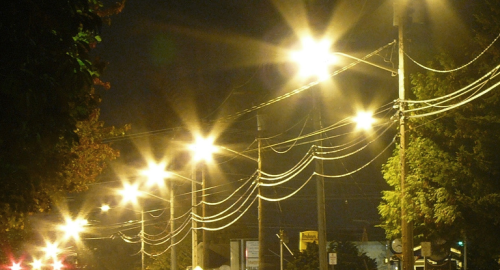
Alzheimer’s risk may increase with light pollution, new study finds

Multimedia
- 9-09-2024, 16:05
INA - SOURCES
Exposure to outdoor light at night could put people at a higher risk of developing Alzheimer’s disease (AD), according to a new study published in Frontiers in Neuroscience.
"We show that, in the U.S., there is a positive association between AD prevalence and exposure to light at night, particularly in those under the age of 65," first author Dr. Robin Voigt-Zuwala, an associate professor at Rush University Medical Center in Chicago, said in a press release.
"Nightly light pollution, a modifiable environmental factor, may be an important risk factor for AD." Some common sources of artificial light include streetlamps, vehicles, illuminated signs, office buildings and other lighted structures.
In the study, researchers analyzed light pollution maps across the country, ranking each state’s "nighttime intensity data." They then looked at the corresponding levels of Alzheimer’s disease.
For people 65 and older, light pollution was a greater risk factor than obesity, depression, alcohol abuse and chronic kidney disease, the researchers found. Other risk factors, however — such as high blood pressure, diabetes and stroke — outweighed the risk of light pollution for that age group.
Those under 65 years old, however, appeared to be more sensitive to nighttime lighting exposure, which increased their Alzheimer’s risk more than any other risk factor.
"Certain genotypes, which influence early-onset AD, impact the response to biological stressors, which could account for increased vulnerability to the effects of nighttime light exposure," Voigt-Zuwala said in the release.
Al-Maliki: Iraq Managed the Electoral Process Smoothly
- politics
- 05:18
Al-Sistani: Tomorrow, the 29th of Ramadan
- Local
- 25/03/29
Al-Amiri warns of any war between Iran and the US
- politics
- 25/04/01












